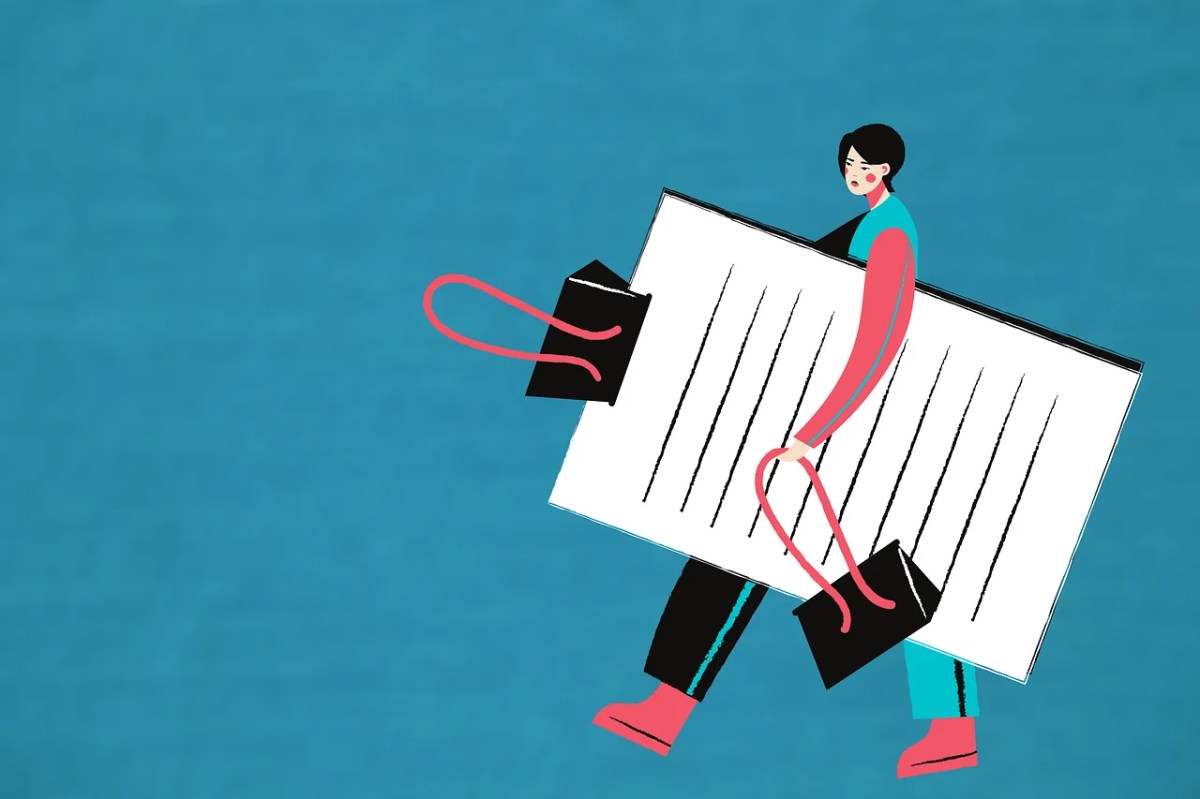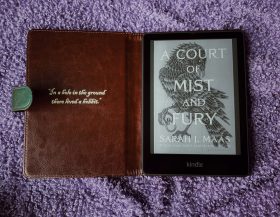In the wake of the brouhaha of Jamie Oliver’s book, Billy and the Epic Escape, being scrapped for its offensive portrayal of First Nations peoples, ArtsHub decided to explore the role of sensitivity readers given that Oliver and his Penguin Random House UK publisher neither consulted with any First Nations individuals or organisations nor employed a reader attuned to any perceived harm.
In this article:
But first, what exactly is a sensitivity reader?
A sensitivity reader is someone who assesses a manuscript in order to identify if there are any potential inaccurate, stereotypical or problematic issues within it before it goes to publication, and alerting the writer and the publisher if so in order for amendments to be made before a book’s release.
Looking out for harmful language and slurs
Carly Findlay OAM, a writer, speaker, arts worker and disability activist – particularly specialising in appearance diversity, has been asked to be a sensitivity reader for various books, including Finding My Bella Vita by Pia Miranda, ABC of Disability by Sarah Rose, Alley Pascoe, Rebecca Feiner and Unseen by Jacinta Parsons. For Findlay, sensitivity readers are a necessary tool in publishing, “to ensure the book has a level of input by someone with lived experience, if the author isn’t from a particular background and to offer suggestions that the writer hasn’t thought of”.
Findlay tells ArtsHub that the publishers and authors contacted her directly knowing her reputation as a writer and disabled person. “I loved being able to influence the representation of disability in a book. I provide comprehensive feedback about language and representation of disability.
“As an example, in Miranda’s memoir, I offered advice on how she wrote about her mother’s alopecia and her vitiligo – she asked me because I have a skin condition. In ABC of Disability, I made a suggestion about the original title – as it didn’t have ‘Disability’ in it, and so it was changed.”
The first thing Findlay does in her sensitivity readings is to look for ableist language and any disability slurs. She explains, “I state why the slurs are harmful and offer links to information about why they are harmful from other disabled writers. I then read the whole book and make notes about content and suggestions that could be implemented and also provide an overarching paragraph about what I loved about the book.”
Potential challenges of being a sensitivity reader
Findlay points out that some publishers have too short a lead time – and some of the suggestions can’t be implemented, “like asking the writer to interview someone else to ensure more diversity”.
And sometimes the publisher does not take up the recommendations offered. “In one case, the book was riddled with ableism,” recalls Findlay. “So many ableist slurs and tropes. It was awful. I read the final book and my suggestions were not implemented – it was really disappointing for me, and disrespectful to disabled people.”
Recommendations
For publishers, Findlay suggests working with the sensitivity reader as soon as possible to enable enough time for any changes to be implemented and to add the name of the reader to the acknowledgements if changes are made to the manuscript.
For readers, she recommends they seek fair payment for their work. “Make sure you get paid fairly. You could endure some vicarious trauma reading the book – which is always difficult. You need to be paid what you’re worth.”
Read: 12 underrated books in 2024 by PoC you need to read
A note of caution
Not everyone has had a successful or fruitful experience with sensitivity readers. An historical fiction writer, who wants to remain anonymous, tells ArtsHub that, after having engaged several for her manuscript, “I learned that a sensitivity reader isn’t an oracle and their comments ought not be accepted immediately and on face value. They have their own personal concerns and interests about the subject that they bring to the assessment of the manuscript.”
She adds, “It was important for me to read their responses carefully and discern where they were coming from. I realised I needed to put my own research alongside their comments and distinguish carefully between comments on facts and comments on less factual areas such as culture. I have joked that I needed to do a sensitivity read of the sensitivity reader. I’m not sure if ‘agenda’ is too strong a word, but I do think that we need to recognise a sensitivity reader isn’t necessarily completely objective, because in some areas, such as culture, faith and belief, there are no objective facts.”
Read: What I do as a sensitivity reader
In an ideal world, perhaps the whole publishing system needs an overhaul, so as to not require the services of a sensitivity reader in the first place. As Ana Tiwary, an advocate for diversity, equity and inclusion in Australian media, points out: “Publishers need to stop publishing culturally incompetent authors. Simple. We need to stop providing consultants, advisers and sensitivity readers to make culture vultures look like noble beings. We need to stop helping culturally unsafe publishers and authors profit from (and win awards for) the exploitation of stories of systemically undervalued communities.”





